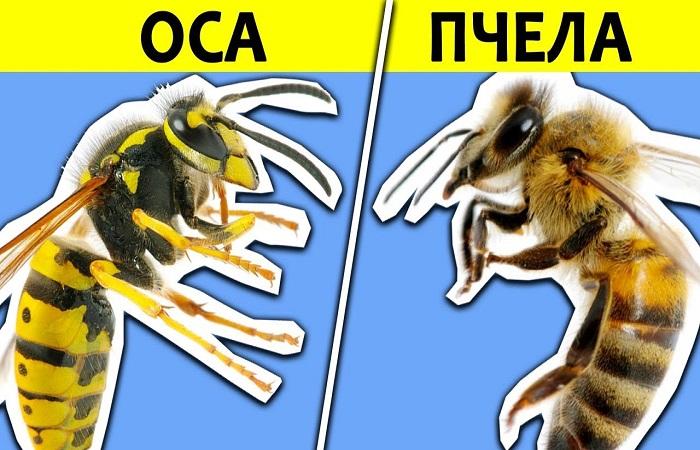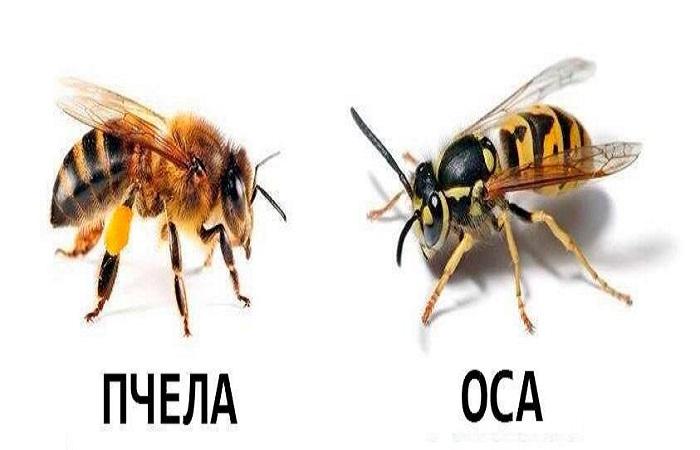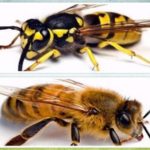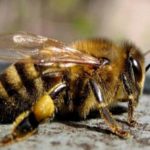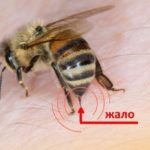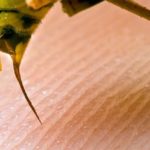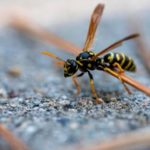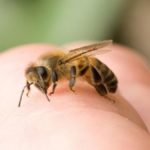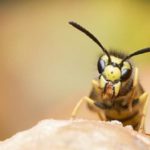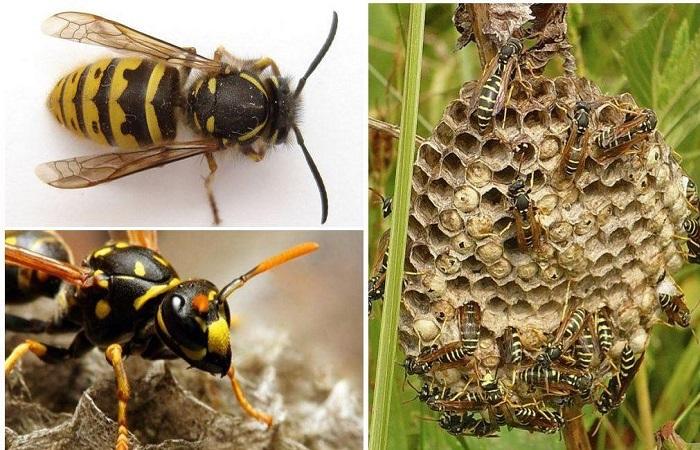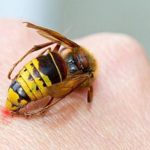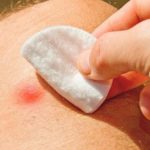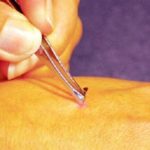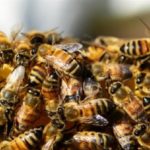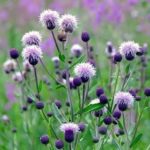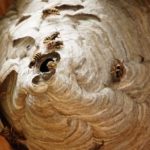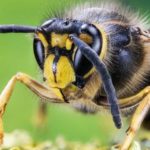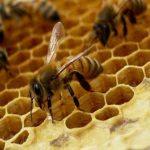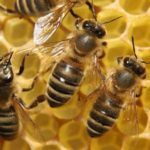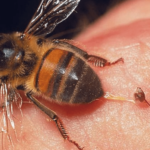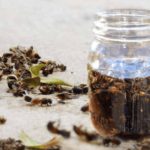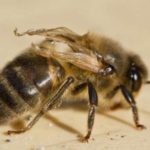Wasps and bees are similar enough that many people confuse these insects. Both of them sting painfully. In addition, their bites often provoke allergic reactions in people. Moreover, in fact, these insects are characterized by many differences. They relate to appearance, behavioral characteristics, and nutritional patterns. The difference also affects the structure of the sting and the characteristics of the bites.
The benefits and harm of bees and wasps
There are significant differences between bees and wasps. First of all, they concern beneficial properties and harm.Of course, bees are considered more valuable to people. They produce not only honey, but also other valuable substances - in particular, royal jelly and wax. Insects also produce beebread and zabrus. These substances have antibacterial properties and help get rid of pathogens.
Bee venom also has medicinal properties. In addition, dead individuals are often used in medicine. They are used to prepare a special tincture that helps treat joint pathologies and lesions of the genitourinary organs.
Bees are also very useful for nature. The lives of flowering plants and these insects are closely connected. While collecting nectar, bees pollinate flowers, which produces fruits and seeds. Thanks to this, insects help increase crop yields.
Bees can harm people only if their hive is in danger. In this case, the insects attack the enemy. To prevent this, it is not recommended to approach the bee house without a protective suit.
Most wasp species do not produce honey, but do like to eat it. At the same time, many consider them absolutely useless, but this is not true. Wasps are very important to nature. They are considered predators and therefore help control various pests. They help destroy aphids, borers, mole crickets and other parasites. These insects also pollinate plants, although not as actively as bees.
At the same time, wasps also cause some harm. They can destroy fruit crops because they make holes in the fruit to extract juice. In addition, wasps eat rotten food residues, and therefore often live in garbage dumps. This leads to the spread of dangerous infections.
Differences in appearance
Both species of insects belong to the order Hymenoptera. The individuals are quite similar, so it is not always possible to distinguish them by appearance at first glance. The bees look bigger. This is due to the presence of thick hairs on the body.
The main difference lies in the color:
- Bees have a more modest yellow tint and blurred stripes of dark color. They are also characterized by dark paws. The body of the insects looks quite large because it is covered with thick hairs. In addition, it has a rounded shape. In this case, the belt between the parts of the body is practically invisible. The abdomen differs depending on the type of bee. Workers have an egg-shaped abdomen, queens have an oblong abdomen, and drones have a larger and truncated abdomen. Bees have baskets on their feet for collecting pollen and nectar.
- Wasps look more colorful. They have smooth legs, a head and abdomen of a bright yellow color. All parts of the insects' body are covered with clear dark stripes. Between the abdomen and chest there is a narrow belt. The body of the wasps has an elongated shape. During examination, you can see strong jaws and thin legs.
What do they eat?
The feeding habits of insects also differ. Bees feed their larvae pollen and nectar. Adults also eat the same food. At the same time, wasps are considered predators and use protein products to feed the larvae. Most often they use caterpillars or other insects for this purpose. Wasps also feed on fruit and vegetable juice, flower nectar, food waste, and carrion.
Differences in behavior in stressful situations
When comparing wasps and bees, it must be said that the behavior of these insects is determined by different factors. At the same time, it is not difficult to anger them. Bees always try to protect the hive that contains the queen.When a threat to the house appears, the whole family of bees comes to its defense.
The structure of the sting
Both types of insects have similar defense mechanisms. However, there are certain differences. If you carefully examine the structure, you will notice that wasps are characterized by a smooth sting with small serrations at the end. Usually the insect stings once, but can do it again. Bees have a strong, jagged sting. In this case, the large teeth are directed upward.
Nature of the bites
The bites of the insects in question are considered equally painful and can cause serious harm to allergy sufferers. The most dangerous consequence is the development of anaphylactic shock. There is evidence that wasps and bees sting people who use cosmetics and perfumes more often. They perceive strong aromas as a threat.
Reactions to bee and wasp stings are usually the same. They appear as follows:
- a swelling appears - its size depends on the characteristics of the individual’s body;
- redness of the area where the poison spreads is observed.
The differences lie in the chemical composition of the poison:
- Wasp venom is characterized by an alkaline reaction. To neutralize the effect of the substance, the damaged area must be treated with vinegar.
- Bee venom is acidic. To neutralize it, it is worth treating the affected area with alcohol or soap.
The use of substances to neutralize poison helps to more quickly restore the natural balance of the body.
Relation to the uterus
In a bee colony, the queen is considered the main individual. Beekeepers often call her the queen or queen. All the inhabitants of the hive take care of her, bring her food and water, and protect her in case of danger. The queen is constantly in the hive. At the same time, it flies out only to mate with drones, when it is time to reproduce. Wasps do not show such care for their queen. She is forced to find her own food.
First aid for a bee or wasp sting
Bee and wasp stings are considered very painful. In addition, they can provoke serious allergic reactions. To avoid negative health consequences, it is important to provide first aid to the victim. To do this, it is recommended to do the following:
- Examine the bite area for diagnostic purposes. When a bee stings, you can see the sting in the wound. However, the wasp does not leave him. Under no circumstances should you press or scratch the damaged area. This will lead to accelerated entry of toxic substances into the systemic bloodstream.
- Rinse the bite site to remove dirt and remaining venom.
- Pull out the sting. This can be done with a needle, tweezers or pin. However, they must first be disinfected. If such devices are not at hand, you can try to pull out the sting with your fingernails. However, first you should wash your hands well and sanitize them.
- Disinfect the bite site. This can be done with hydrogen peroxide, brilliant green, alcohol, iodine or regular soap.
- Take an antihistamine. In this case, the wound should be treated with antihistamine or antiseptic ointment. To do this, you can use “Psilo-balm” or “Fenistil gel”. When swelling occurs, it is recommended to drink Tavegil, Suprastin, Claritin.
- Remove swelling. To do this, it is recommended to drink plenty of water throughout the day. With the help of liquid, it will be possible to remove toxic substances from the body and improve the general condition. You can also apply a cool compress to the bite area. This will help remove the swelling.
In severe cases, you need to call an ambulance. In order for her to arrive, it is recommended to do the following:
- Apply a tourniquet above the bite area. This will prevent the subsequent spread of toxic substances.
- If you feel short of air and feel hot, remove tight clothing, lay the victim down and provide fresh air.
- In case of severe swelling in the neck area, shortness of breath and fainting, cover the victim and cover with heating pads filled with warm water.
- If there is no pulse and breathing stops, begin cardiopulmonary resuscitation.
Consultation with a doctor is required in the following situations:
- bitten by more than 3 bees or wasps;
- the bite was on the face area;
- a wasp or bee stung in the larynx area, lip or tongue;
- before this, cases of angioedema or anaphylactic shock after an insect bite were recorded;
- Nausea and vomiting appeared, convulsions or fainting occurred after the bite.
Many people are interested in what to do if a child is bitten. If your baby experiences shortness of breath, nausea, high fever, heart rhythm disturbances, headache, or convulsions, you should immediately consult a doctor.If only local irritation and slight swelling are observed, standard care measures are sufficient. It is important to take into account that children's bodies are more prone to developing allergies.
Wasps and bees are considered fairly similar insects. However, they also have many differences. The difference concerns appearance and lifestyle. The differences also affect the structure of the sting, the nature of the bites, and feeding habits. In addition, the benefits and harms that these types of insects bring differ.

